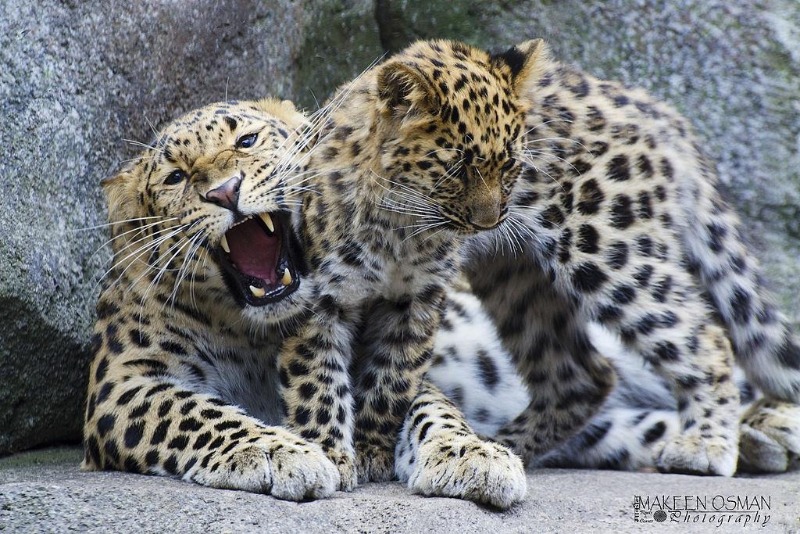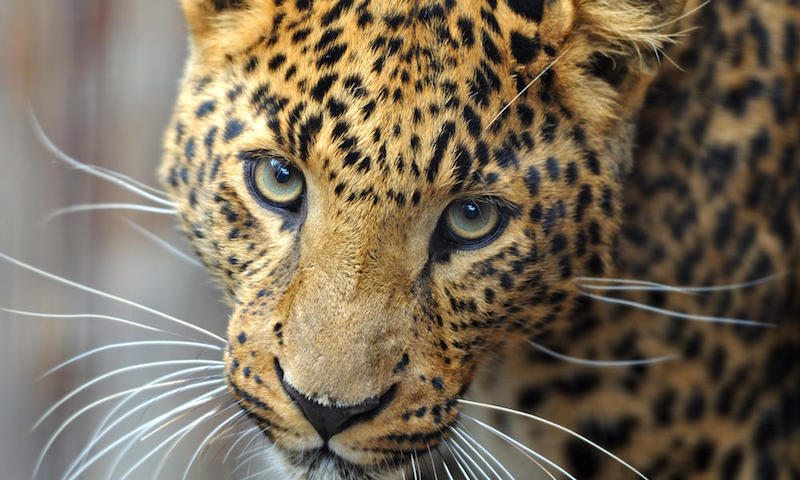Amur leopard
Episode #1 of the course “The Most Endangered Species in the World”
The critically-endangered Amur leopard has been hunted to near extinction because of the demand for its beautiful spotted fur. The leopard’s spots are wider with more solid edges and crisper patterns—their coat becomes longer and golden in the winter, with a shorter, redder coat in the summer. It is because of its striking fur that leopard pelts continue to drive high prices around the world. Sometimes called the Korean leopard, the Mongolian leopard, or the Far East leopard, the Amur leopard is native to the mountain and forest environments in regions of Russia and China.
In the wild, Amur leopards are generally solitary and nocturnal. They tend to be protective of their kills and will hide meat for themselves for later. Males are also territorial, and several males will follow and fight over one female. Sometimes, the males have been known to remain with the females after mating—even helping to protect and hunt for them while the cubs are small. Amur leopards are skillful hunters, averaging around 80 pounds. In addition to illegal poaching, the Amur leopard suffers from a drain on its natural resources. The land where the leopards reside is under strain; as humans contaminate the habitat and poach the region’s deer, the leopards cannot adequately hunt enough prey.

Amur leopard mother with her cub
Amur leopards generally live 10-15 years, but some have lived as long as 20 years in captivity. There are currently about 60 Amur leopards alive, which is double the population from less than one decade ago. Conservationists have been encouraged by recent worldwide interest in saving the leopards and by the success of the population increase at Russia’s Land of the Leopard National Park and other leopard safe havens.
Share with friends

